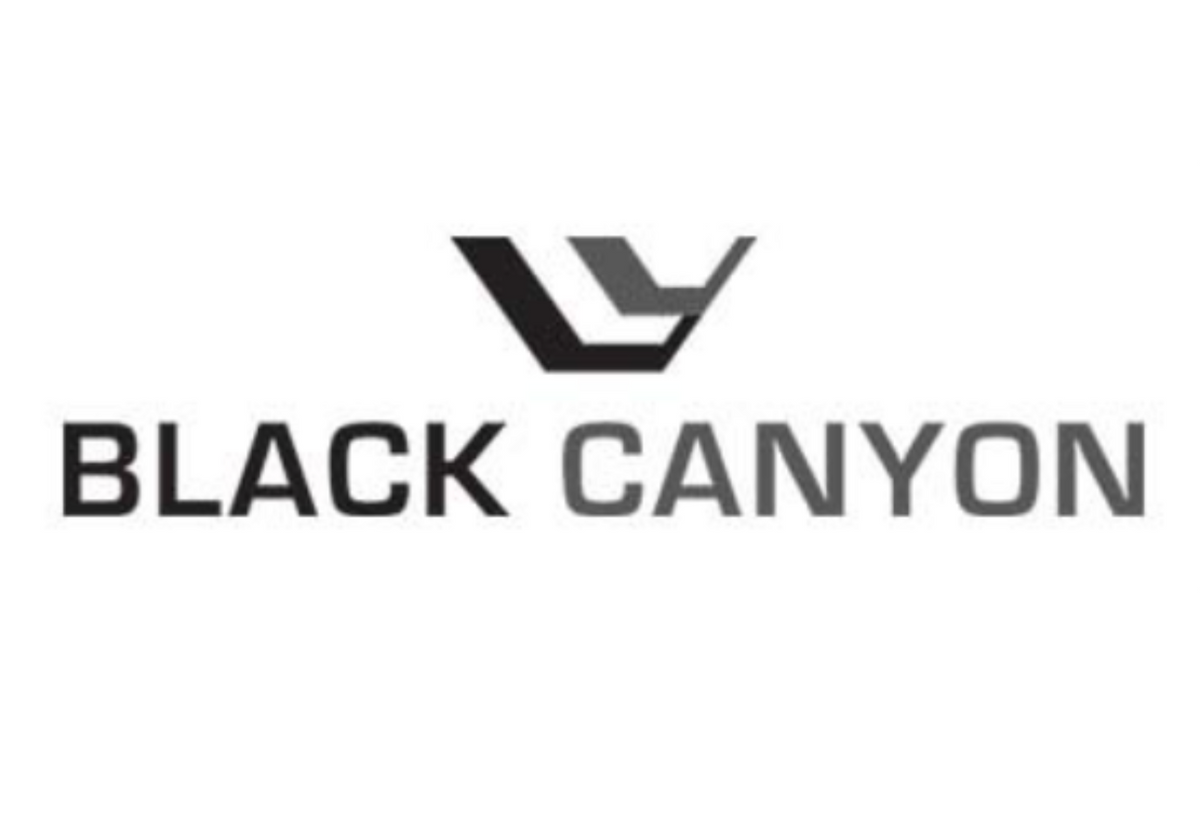
May 31, 2023
Australian manganese explorer, Black Canyon Limited (Black Canyon or the Company) (ASX:BCA), is pleased to announce an update to the expanded HPMSM strategy with the initial beneficiation testwork yielding moderate to high grade manganese concentrates. In situ grades from the surface samples ranged between 7% and 28.5% Mn that have been subsequently beneficiated to grades between 20.1% and 33.8% Mn (Table 1). The locations of the samples are presented in Figure 1.
Highlights:
- Oxide samples for the expanded High Purity Manganese Sulphate (HPMSM) study have yielded in situ grades between 7% and 28.5% Mn.
- All samples were collected from 100% owned tenure overlying the Balfour Manganese Field to advance variability studies on the amenability of various manganese sources to simple beneficiation, leaching and ultimately the production of battery grade HPMSM.
- Simple beneficiation (crush and scrub/wash) has demonstrated that shallow sourced manganese oxide shales can potentially be efficiently processed to produce a feedstock for downstream processing at a HPMSM plant located elsewhere. Further manganese grade improvements maybe gained using dense media or other proven separation technology.
- The Company plans to complete maiden drill test programs across a number of these shallow manganese oxide targets commencing in July to establish Mineral Resource potential and provide HPMSM feedstock to continue hydrometallurgical and pilot plant testwork.
- The demand for HPMSM required for Li-ion batteries continues to rise year on year with the USA and Europe actively seeking the establishment of independent supply chains within their own or free trade partner jurisdictions. The Company believes that HPMSM production is a key growth opportunity and is actively pursuing its development.
- Simple beneficiation (crush and scrub/wash) significantly upgraded the in situ manganese content to grades between 20.1% and 33.8% Mn which is highly encouraging.
Black Canyon Executive Director, Brendan Cummins, said: “The Company has identified several outcropping oxide manganese targets with substantial footprints that, through hydrometallurgical testwork, should be amenable feedstocks to produce HPMSM from 100% BCA owned tenements across the Balfour Manganese Field. This work program has been specifically designed to examine the ability of these surface deposits to be upgraded using low capital intensity beneficiation comprising a simple crush, scrub and wash. As expected, the results to date have demonstrated strong manganese upgrades up to 33.8% Mn, which should be suitable for leaching, purification and crystallisation required to produce battery grade HPMSM.”
“We are planning to complete the first drill programs across these new targets with a view to define Mineral Resources, and then look to examine various development scenarios as we further refine the hydrometallurgical flowsheet and progress more advanced studies required for the HPMSM market.”
“Black Canyon is developing a strong business case for the development of a manganese sulphate chemical business suitable for the growing electric vehicle battery market. With growing demand for electric vehicles, development of higher manganese content battery chemistries and widely known domestic shortages of USA and Europe based HPMSM suppliers, Black Canyon is well positioned to take advantage of a looming HPMSM supply shortfall.”
Click here for the full ASX Release
This article includes content from Black Canyon, licensed for the purpose of publishing on Investing News Australia. This article does not constitute financial product advice. It is your responsibility to perform proper due diligence before acting upon any information provided here. Please refer to our full disclaimer here.
BCA:AU
The Conversation (0)
Latest News
Latest Press Releases
Related News
TOP STOCKS
American Battery4.030.24
Aion Therapeutic0.10-0.01
Cybin Corp2.140.00